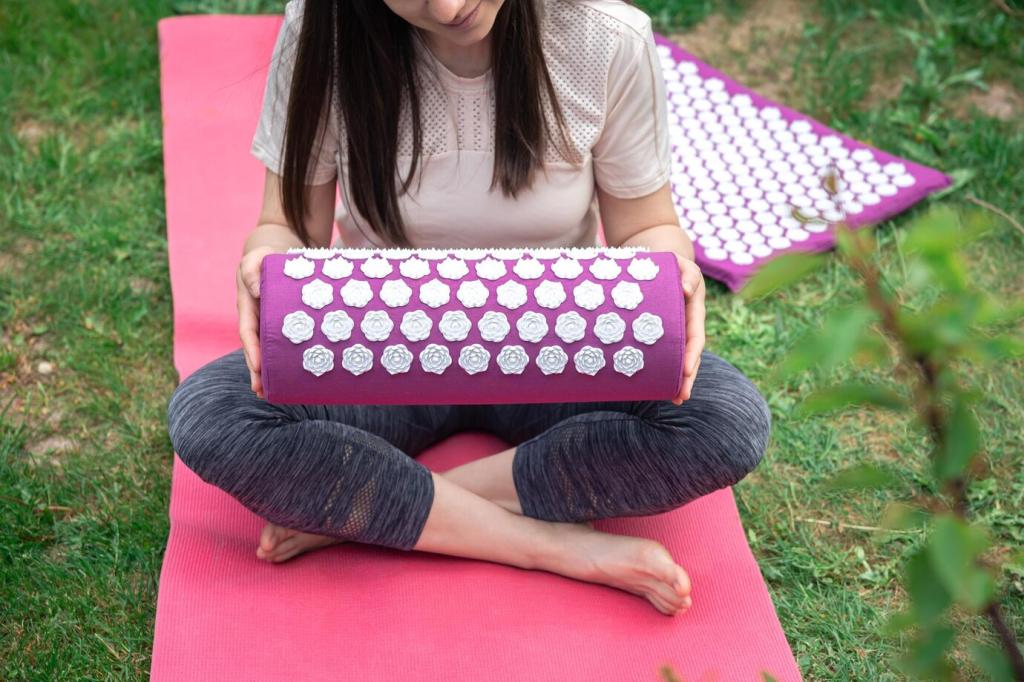What Science Suggests
Gentle interoceptive attention can engage the parasympathetic system and support vagal tone. You may notice slower breathing, decreased heart rate, and an overall sense of settling. These changes help the body release guarding that often masquerades as persistent tightness.
What Science Suggests
Body scans can change how the brain interprets signals by reducing catastrophizing and improving precision of sensation. When the mind understands sensations clearly, it often lowers unnecessary alarm, which can reduce the felt intensity of tension without forcing muscles to relax.










